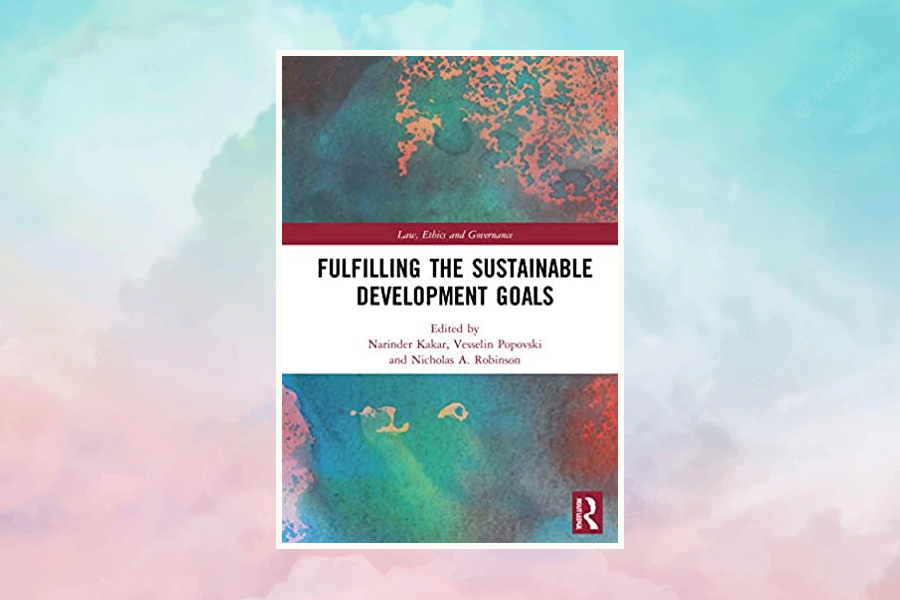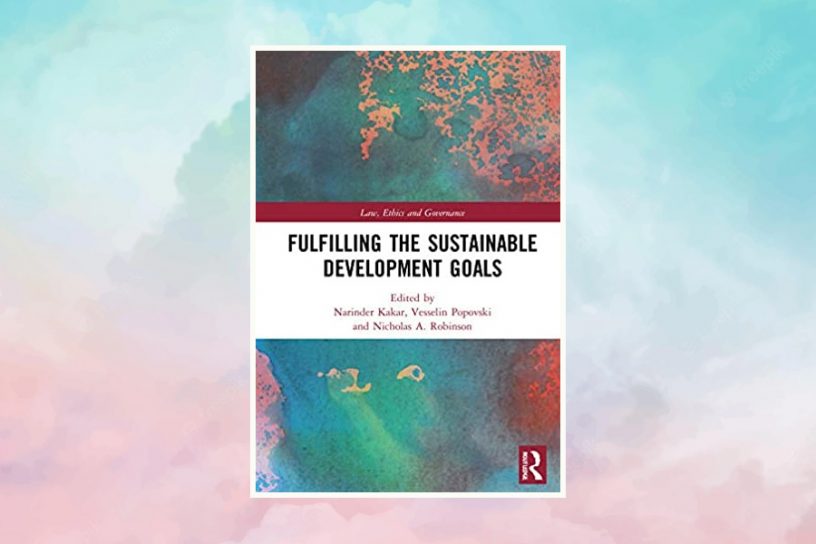
The immediate future of poverty reduction remains at risk of deterioration due to the combined impact of the pandemic and the legacy of underdevelopment and missing safety nets.
Authors
Vesselin Popovski, Professor, Jindal Global Law School, O.P. Jindal Global University, Sonipat, Haryana, India.
Krassen Stanchev, Sofia University, Bulgaria.
Summary
The Poverty Reduction and Growth Facility of the IMF, tasked with making the objectives of poverty reduction and growth more central to lending operations in the poorest countries, operated from 1999 to 2009, and extended loans to 78 African and Asian countries, including four ex-USSR states.
There is one regularity evident from the experience of ex-communist countries: The faster economies liberalize, the faster the economic growth and poverty reduction. The trend of (non-extreme) poverty reduction was reversed in some countries even before the COVID-19 recession, irrespective of their economic potential.
As Duflo and Benerjee predicted in Poor Economics, relying on general economic growth (the old Washington Consensus) for poverty reduction, turned out to be a low-hanging fruit. Still, the immediate future of poverty reduction remains at risk of deterioration due to the combined impact of the pandemic and the legacy of underdevelopment and missing safety nets.
Published in: Fulfilling the Sustainable Development Goals: On a Quest for a Sustainable World, Pages 37 – 54.
To read the full book chapter please click here.


